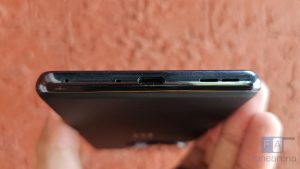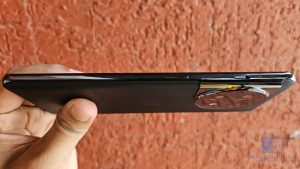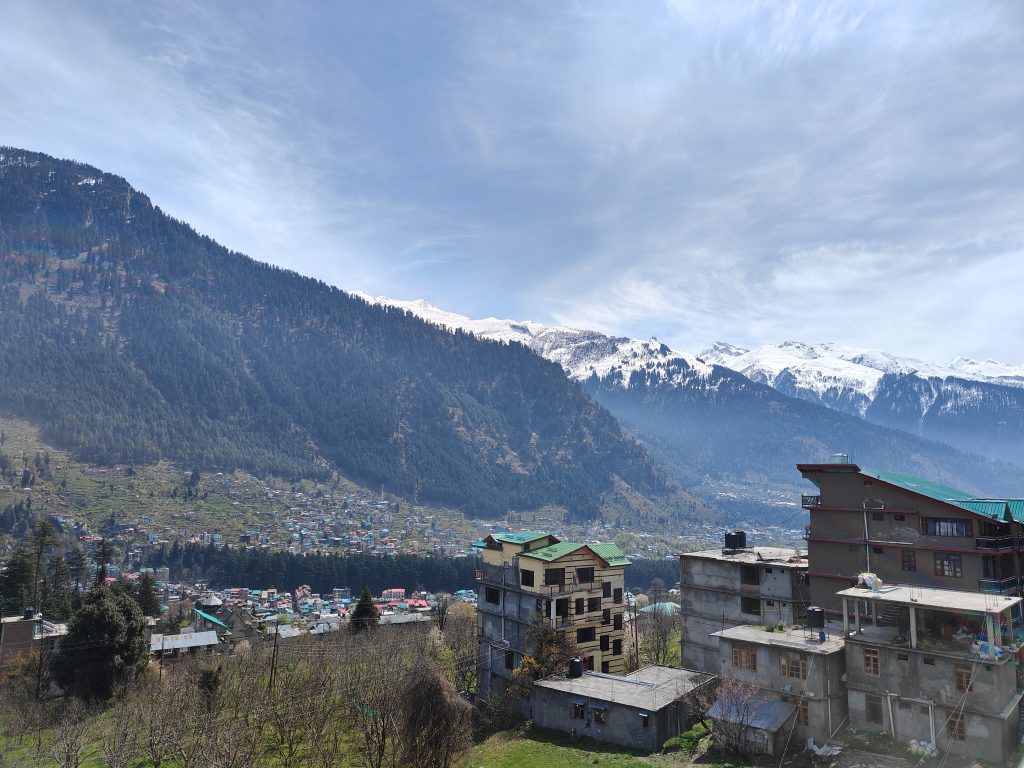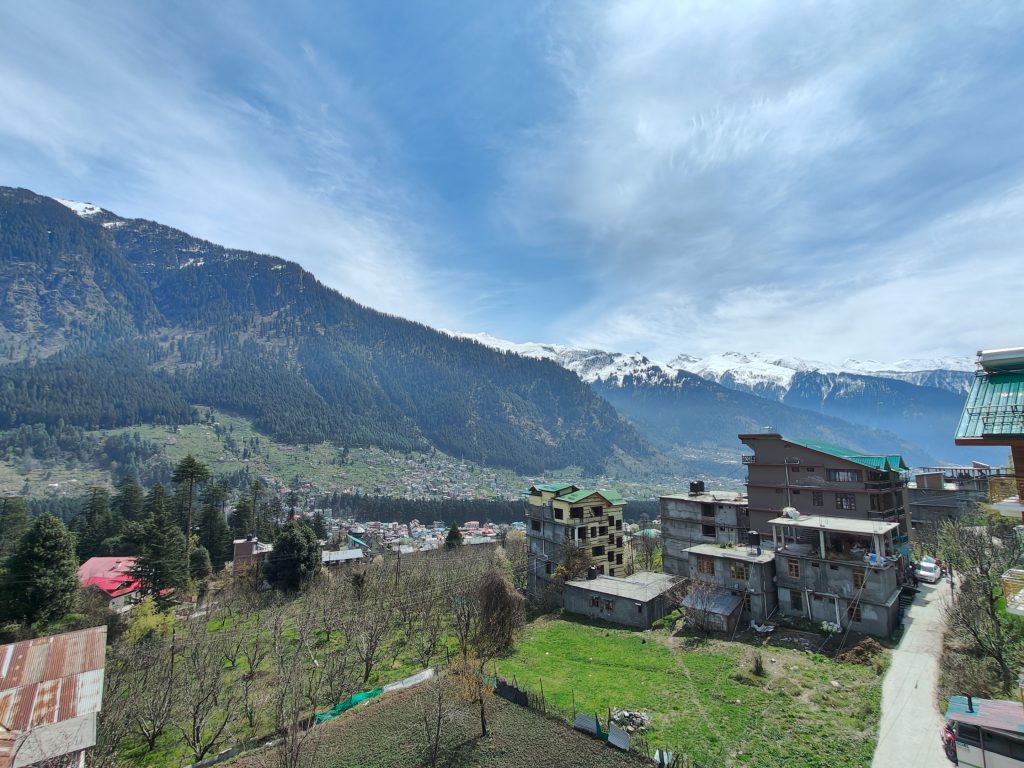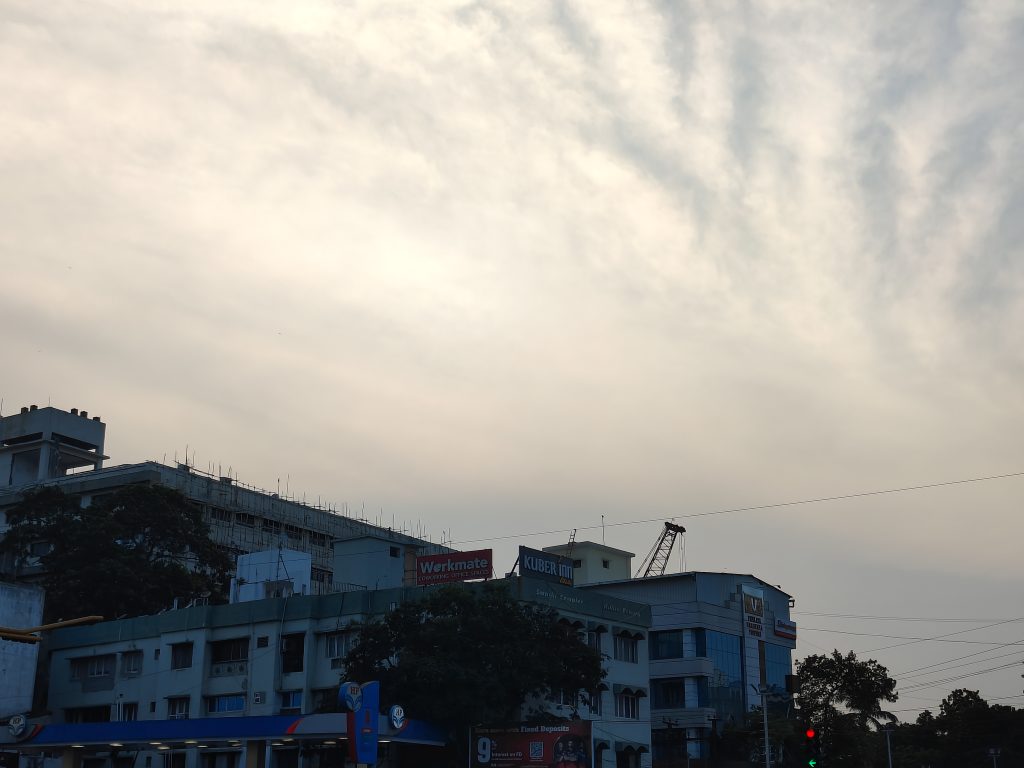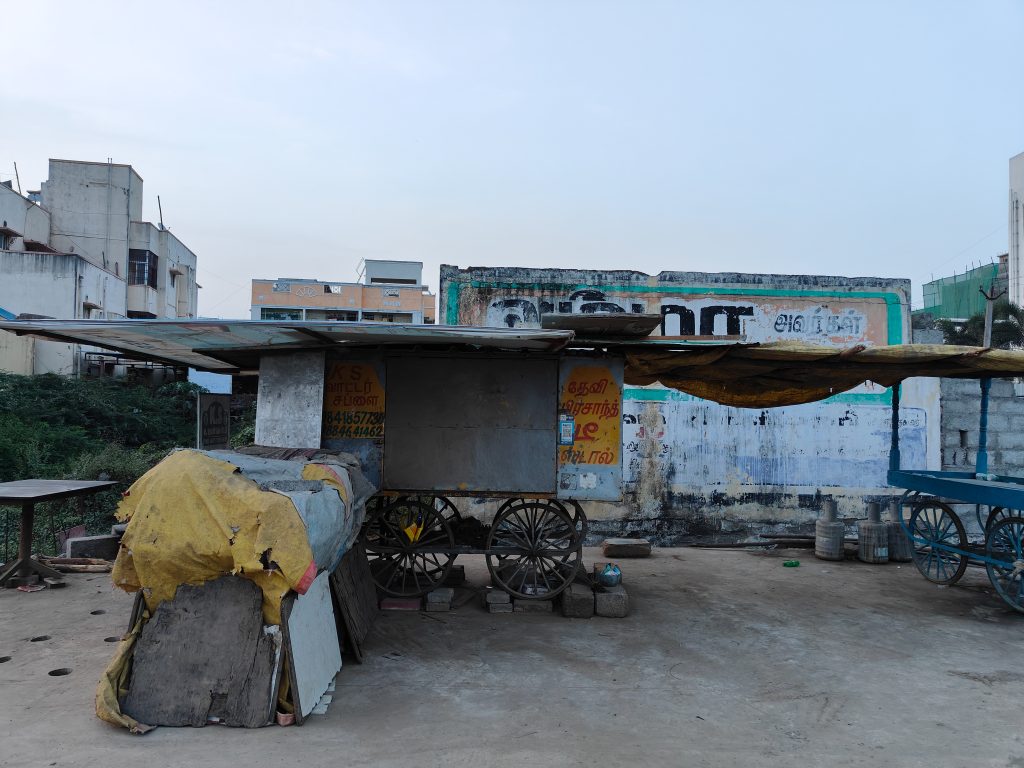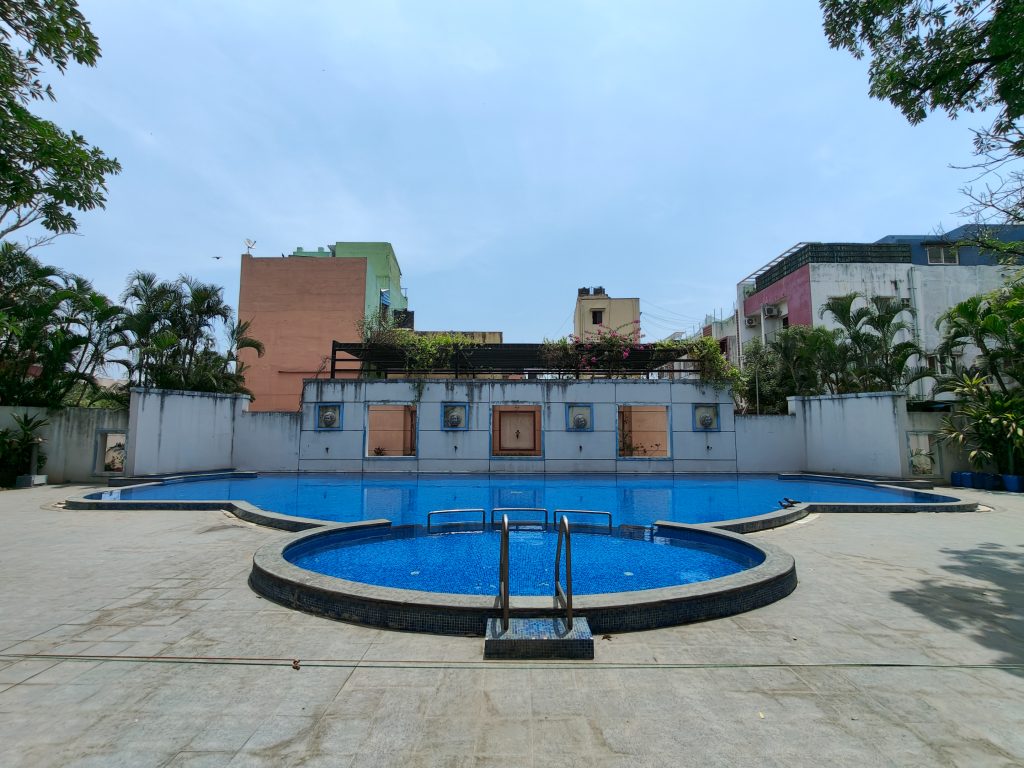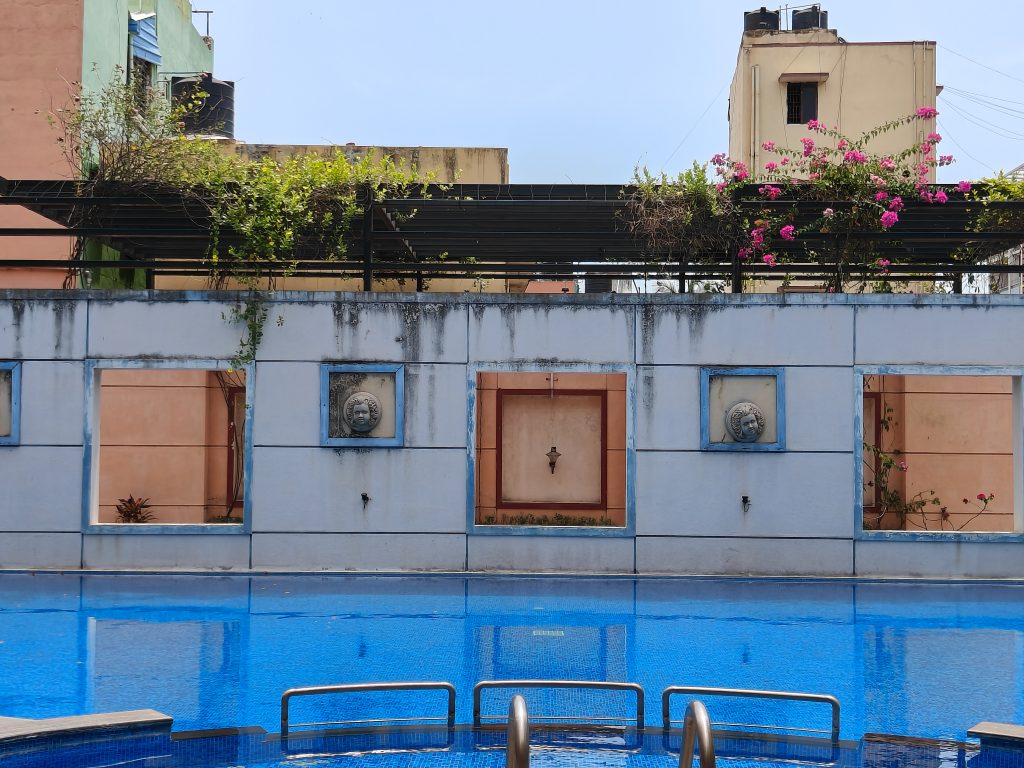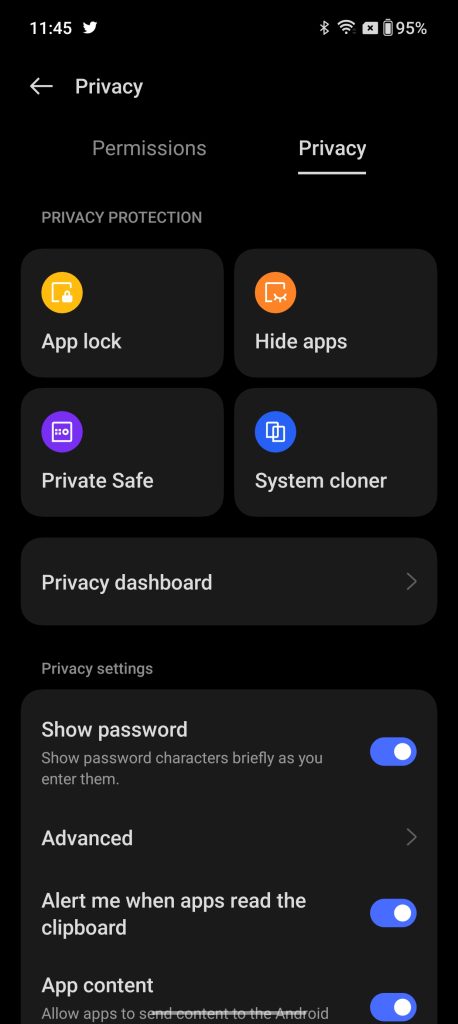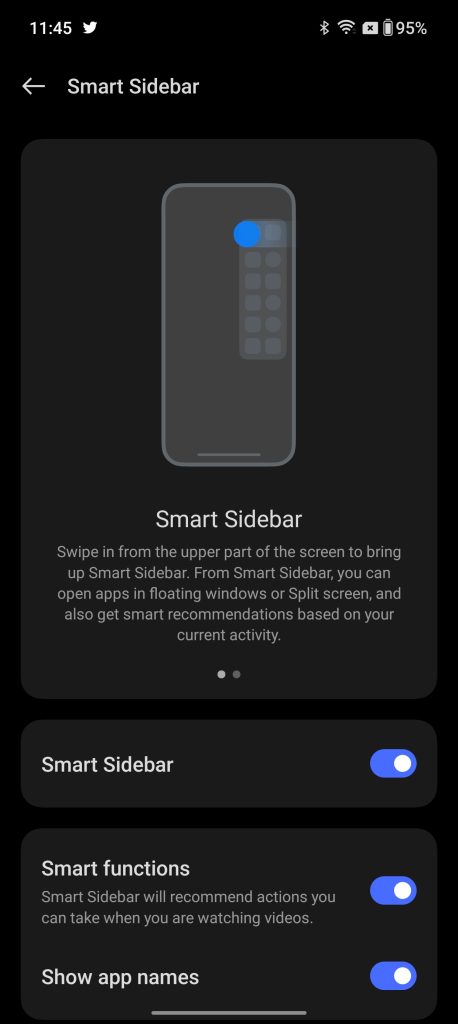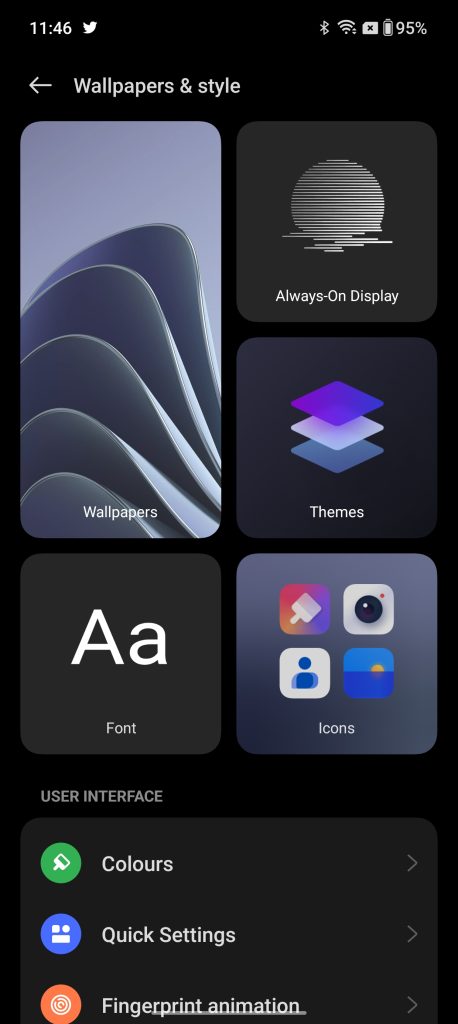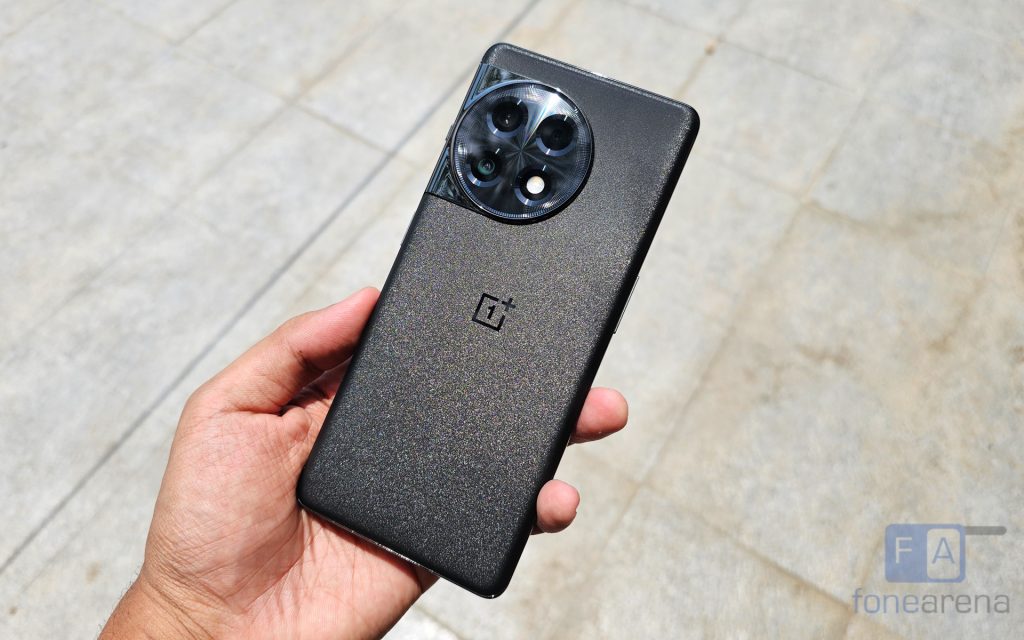
The OnePlus 11R is the third device in their “R” series of smartphones. It was launched alongside the OnePlus 11, and featuring the Snapdragon 8+ Gen 1 chipset. With a price tag of just under Rs. 40000, the phone promises a lot of performance with few compromises. I’ve been using the device for about 3 months and here is my review.
Box Contents
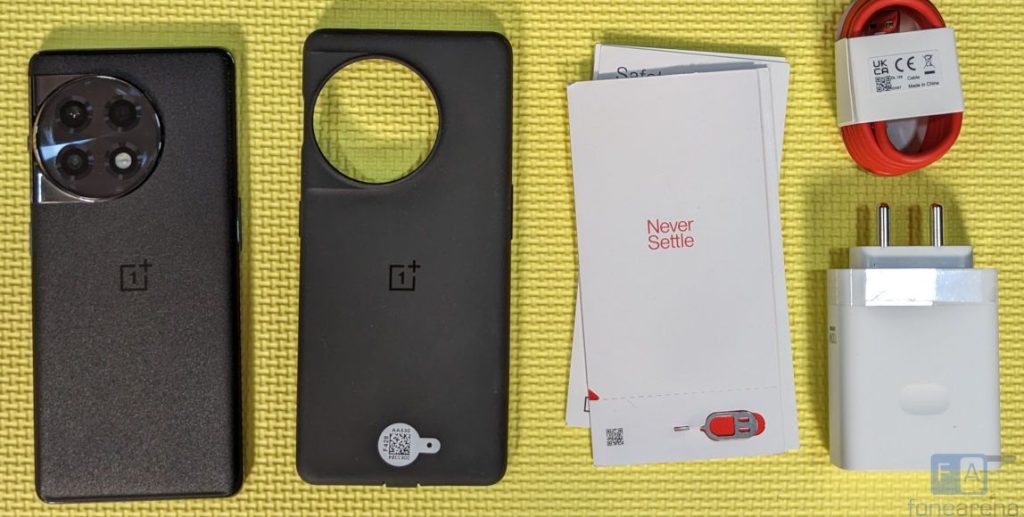
- OnePlus 11R 12GB+256GB version in Titan Black colour
- 2-pin 100W SuperVOOC charger (USB Type-A port)
- USB Type-A to Type-C cable
- SIM ejector tool
- Black TPU case
- User Guide and Warranty information
Hardware and Design
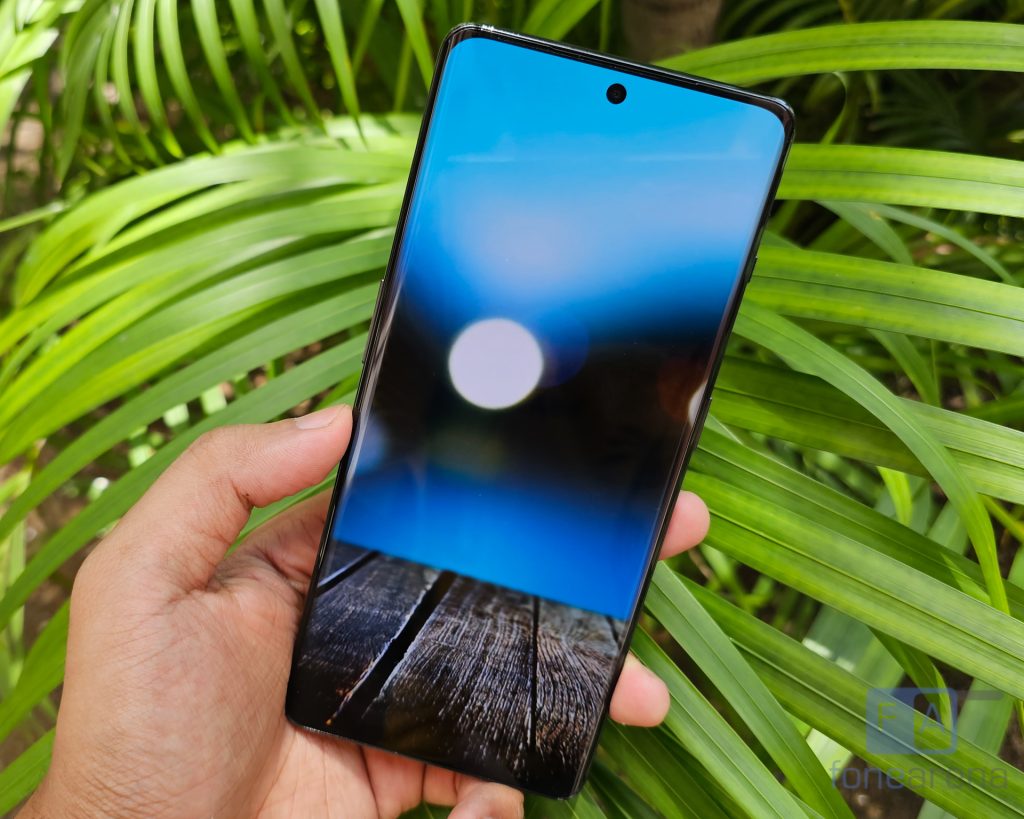
The OnePlus 11R shares a lot of its design with the more premium OnePlus 11. In fact, to most people, the two phones will look identical. The biggest difference between the design of the two phones is the lack of the Hasselblad branding, and that by itself is not very noticeable.
Just like the OnePlus 11, the 11R has a circular rear camera bump that blends into the side rails. The glass back has a smooth shiny finish that is created using Laser Direct Image technology, which is quite common among smartphones from OPPO, Vivo and Realme. It also does an excellent job of hiding fingerprints. Unfortunately, it is contrasted by the fingerprint magnet that is the glossy metallic side rails. The weight distribution is good, though.
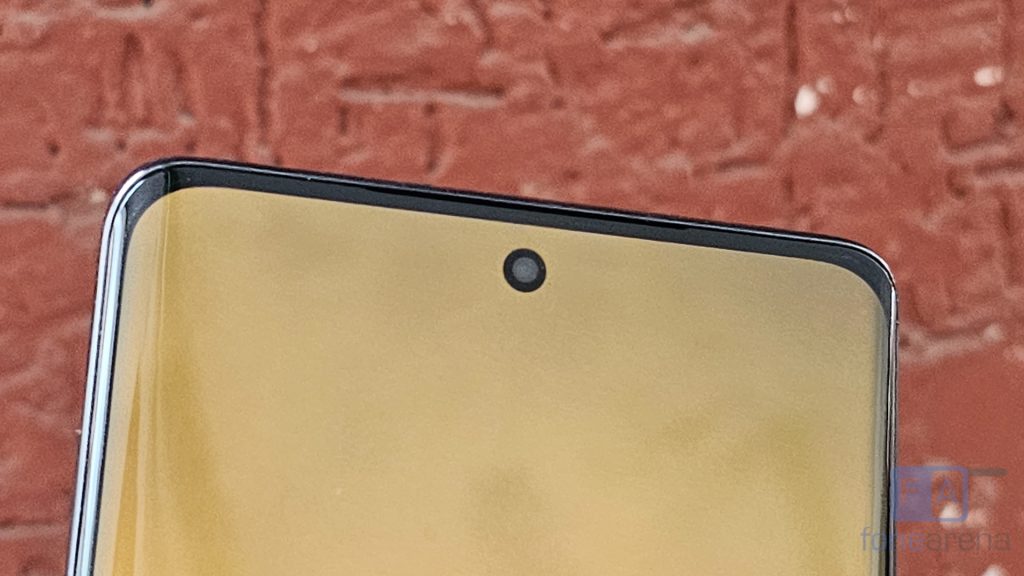
Another difference between the 11 and 11R is the position of the front camera. It is in the center on the 11R, which is my preference. It makes the device look a bit more symmetrical.
Both the rear and front glass are gently curved, making the phone feel really nice to hold in the hand. OnePlus brought back the alert slider for the 11R, which can be found above the power button on the right edge.
The volume rocker can be found on the left edge, while the top edge has a microphone port and an IR blaster. The bottom edge has the USB Type-C port, a speaker grill and a SIM Slot. The SIM slot has rubber seals around it, which suggests that the 11R has some unofficial level of water resistance.
Display and Audio
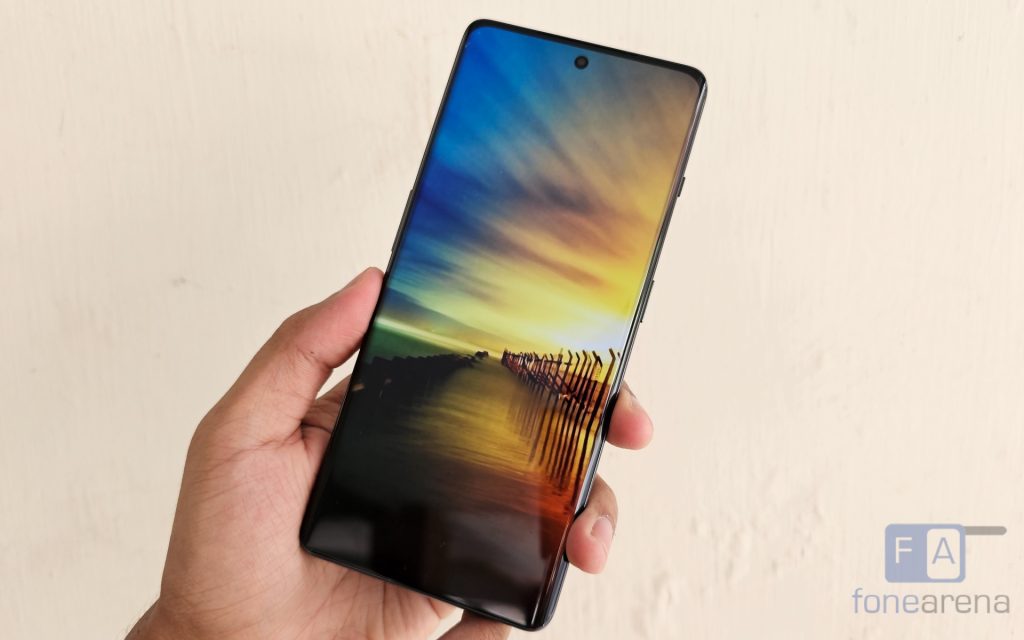
The 11R has a 6.7-inch 120Hz Super Fluid Display with a resolution of 2772×1240 and a maximum refresh rate of 120Hz. It has a typical brightness of 500 nits and can reach a maximum brightness of 1450 nits. The panel supports variable refresh rate technology, with the ability to switch between 40Hz, 45Hz, 60Hz, 90Hz and 120Hz. Other features include HDR10+ support, 100% coverage of DCI-P3 colour space and SGS Low Blue Light Ex-Certification. There is no support for Dolby Vision however.
In my opinion, the OnePlus 11R’s display is very good, falling just short of the excellent display on the flagship OnePlus 11. The screen is bright and colourful with good, natural saturation levels. Sunlight visibility was not an issue and the high refresh-rate results in a smooth experience when navigating the UI and in apps.
For audio, the 11R has a dual speaker setup that can playback audio in stereo. The speakers get reasonably loud with little distortion at maximum volume. I did notice a lack of clarity in the higher frequencies, but otherwise the overall quality was good.
Camera

This is an area where OnePlus understandably made some cost-cutting decisions. For the hardware, the phone features a 50MP primary rear camera with 1/1.56″ Sony IMX890 sensor at f/1.8 aperture, an 8MP 120° ultra-wide camera with Omnivision OV08D10 sensor and a 2MP macro camera with Omnivision OV02B10 sensor. The front camera is a 16MP sensor with f/2.4 aperture.
The 11R’s camera system does not feature the Hasselblad branding, as that is reserved for the flagship OnePlus 11. That being said, both these phones share the same primary wide-angle angle sensor, and in my opinion they produce quite similar outputs too. The OnePlus 11 is a touch more natural with its photos, but the 11R isn’t that far behind. In good lighting conditions, it can produce pleasing shots with good contrast and nice colours. Photos have plenty of detail and the exposure is good. The camera does struggle a bit in low-light conditions though.
The ultra-wide camera performed passably well, and the macro was, as usual, disappointing. The front camera on the other hand wasn’t half bad.
Here are some camera samples:
Software, UI and Apps
Similar to the OnePlus 11, the 11R runs Android 13 out-of-the-box, with its custom OxygenOS 13 on top. It features the same Aquamorphic design language along with improvements to convenience, reliability, and security. As expected, navigating the system UI is smooth and the number of pre-installed apps are minimal.
If you are familiar with OxygenOS, then using the 11R will be easy. There are loads of customization options and other features such as Smart Launcher, Sidebar Toolbox, Private Safe 2.0. It continues to have the same annoying behavior when swiping away a notification, which for some reason OnePlus hasn’t bothered fixing. The OS is also starting to lose its identity in my opinion, becoming increasingly similar to OPPO’s ColorOS. But that is a matter of personal preference, so to each their own.
Biometrics and Sensors
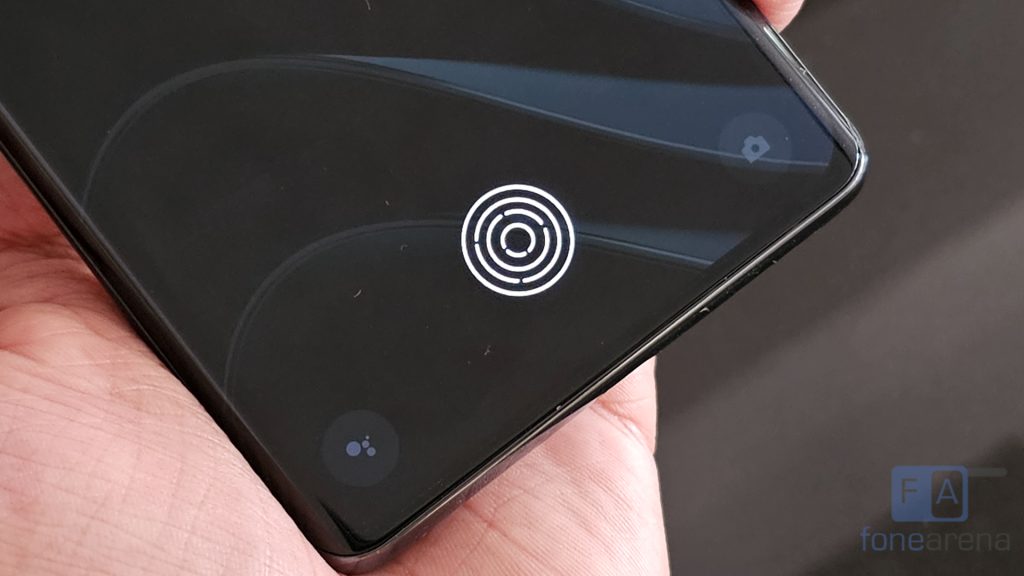
Like most high-end smartphones these days, the OnePlus 11R features an under-display fingerprint sensor. It is an optical sensor, so it isn’t as good as an ultrasonic sensor. However, it is still fast and accurate. You can add up to 5 fingerprints, and they can also be used for app lock and Private safe.
Another cool feature of the OnePlus 11R is the presence of an IR blaster. It is quite common to see this feature on Chinese smartphone brands, but I don’t remember OnePlus ever featuring it. Having an IR blaster is super convenient in some situations, and I’m happy to see OnePlus include it on the 11R.
Dual SIM and Connectivity
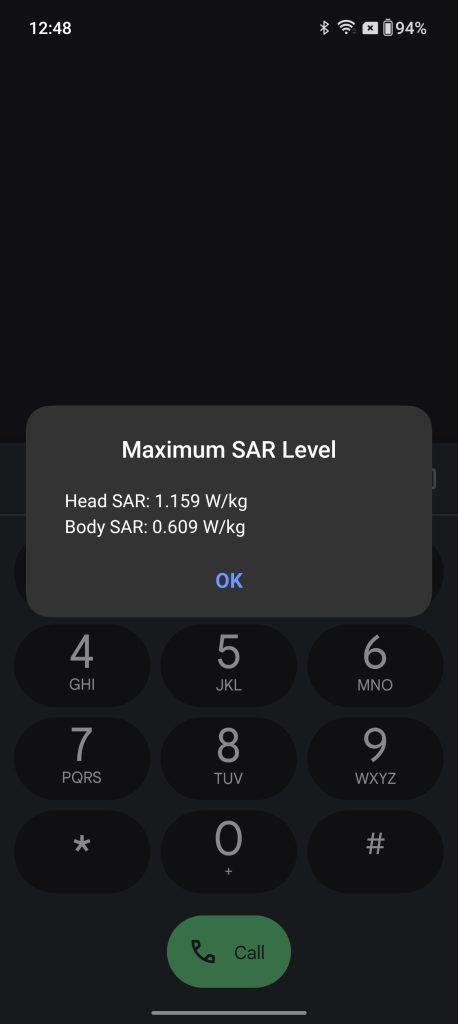
The 11R features dual 5G standby with support for 9 5G bands – n1,n3,n5,n8,n28A,n40,n41,n77 and n78. It has support for carrier aggregation and Wi-Fi 6. Other connectivity options include Bluetooth 5.3, NFC, GPS (L1+L5 Dual Band), GLONASS, Galileo and Beidou. The SAR value was reported as 1.159W/kg for the Head and 0.609W/kg for the Body
Performance and Benchmarks

Under the hood, the 11R is powered by the Qualcomm Snapdragon 8+ Gen 1 along with 8GB or 16GB LPDDR5X. Storage options include 128GB or 256GB of UFS 3.1 storage.
The 8+ Gen 1 SoC is a refined version of Qualcomm’s previous flagship, the Snapdragon 8 Gen 1. It offers a modest improvement in performance and a notable increase in power efficiency. Inside it is equipped with a Kryo Prime Arm Cortex-X3-based CPU at up to 3.2GHz, 4 x Kryo Performance CPUs that has 2 x A710-based and 2 x A715-based CPUs at up to 2.8GHz and 4x Kryo Efficiency A510-based CPUs at up to 2GHz.
When it comes to everyday use, the OnePlus 11R performs well without any hitches. It can handle multi-tasking and switching between apps with ease, shoot 4K 60FPS video, and play games at high framerates. FPS games like COD and BGMI run really well and in Genshin Impact, it maintained higher frame rates for a longer period of time.
The power efficiency improvements result in two things – slower battery drain when using intensive applications and less heating generated. So you have a phone that lasts longer, and one that doesn’t become too hot in your hand.
Here are some benchmarks:

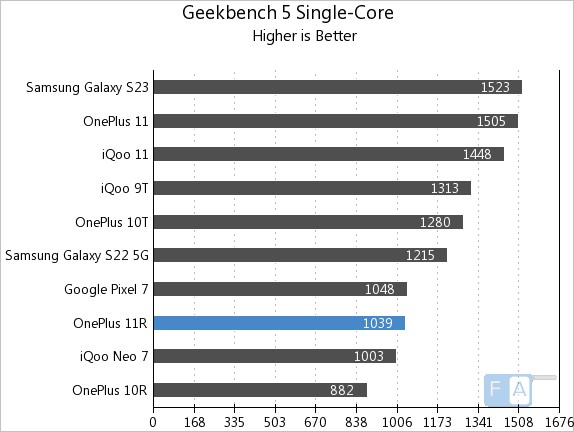
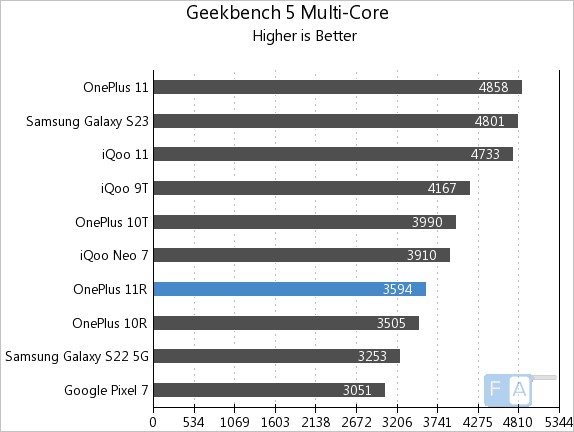
Battery Life
Keeping the 11R alive is a 5000mAh battery, which is over 10% bigger than its predecessor. Thanks to the power efficiency improvements of the 8+ Gen 1 SoC, the OnePlus 11R has pretty good battery life. With my regular use, I was able to comfortably get through a day and even extended a bit into the second day. Screen time on average was around 6–7 hours, so no issues there either.
Similar to the OnePlus 11, the 11R supports 100W SuperVOOC fast charging. I was able to charge the device from 0-100% in less than 30 minutes. It reached 50% in about 15 minutes. As always, this is super convenient and thankfully, OnePlus still includes a charger in the box.
Conclusion
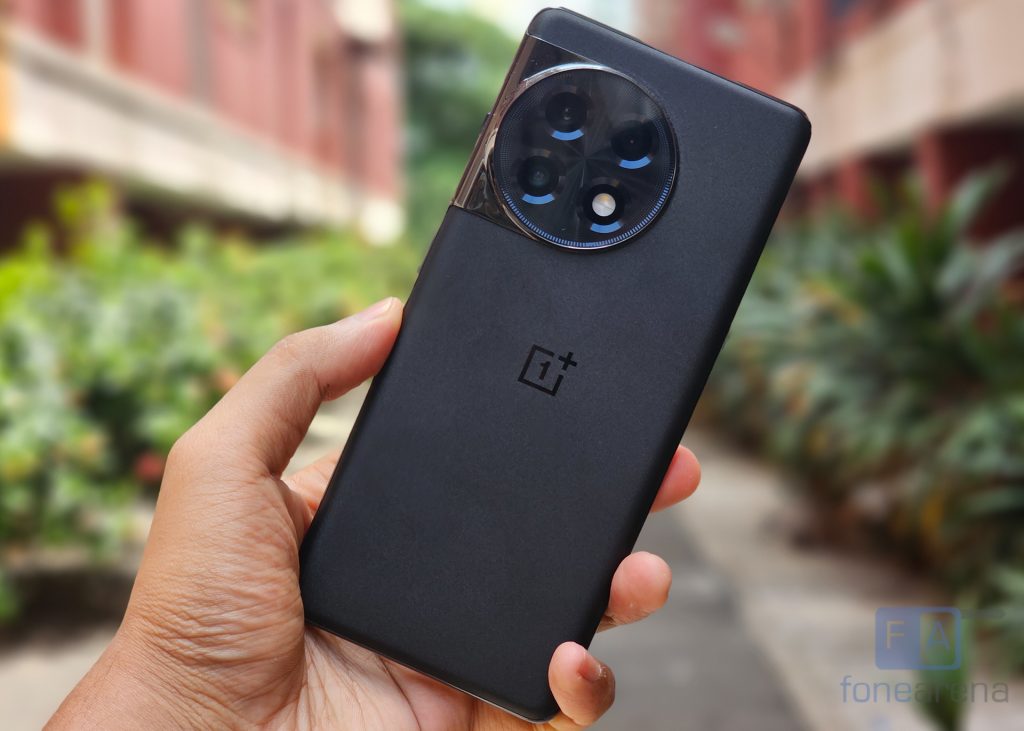
The ‘R’ variants of OnePlus’ phones are known for their impressive value, and the 11R offers easily the best value so far. The price to performance ratio is great, and coupled with the phone’s build quality and battery life, the 11R is pretty easy to recommend. If you aren’t particular about having a flagship camera experience, then the 11R is a great choice. If you’re coming from an older OnePlus, then the software experience will be easy to get used to, too.
There are a few options in the market that offer the Snapdragon 8+ Gen 1, but none of them are offered at this price range. So if you need a phone with a great price-to-performance ratio under Rs. 40000, look no further.
Availability
The OnePlus 11R 5G is priced at Rs. 39,999 for the 8GB + 128GB version and the 16GB + 256GB model costs Rs. 44,999. It is available from Amazon.in, OnePlus online store and OnePlus experience stores offline.

